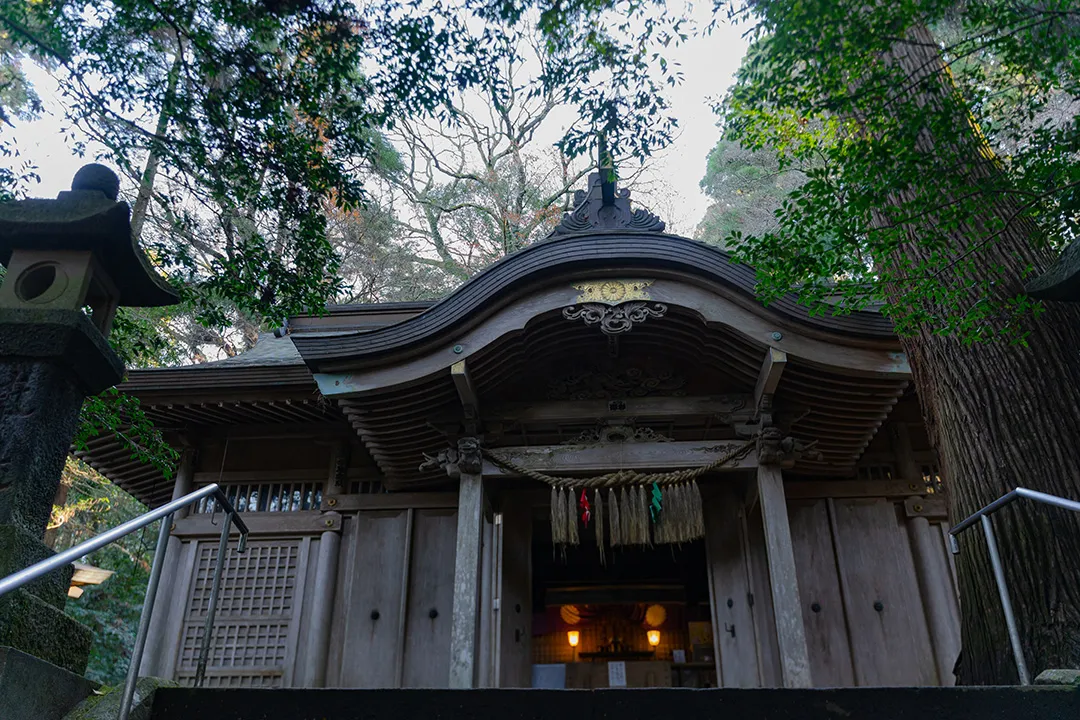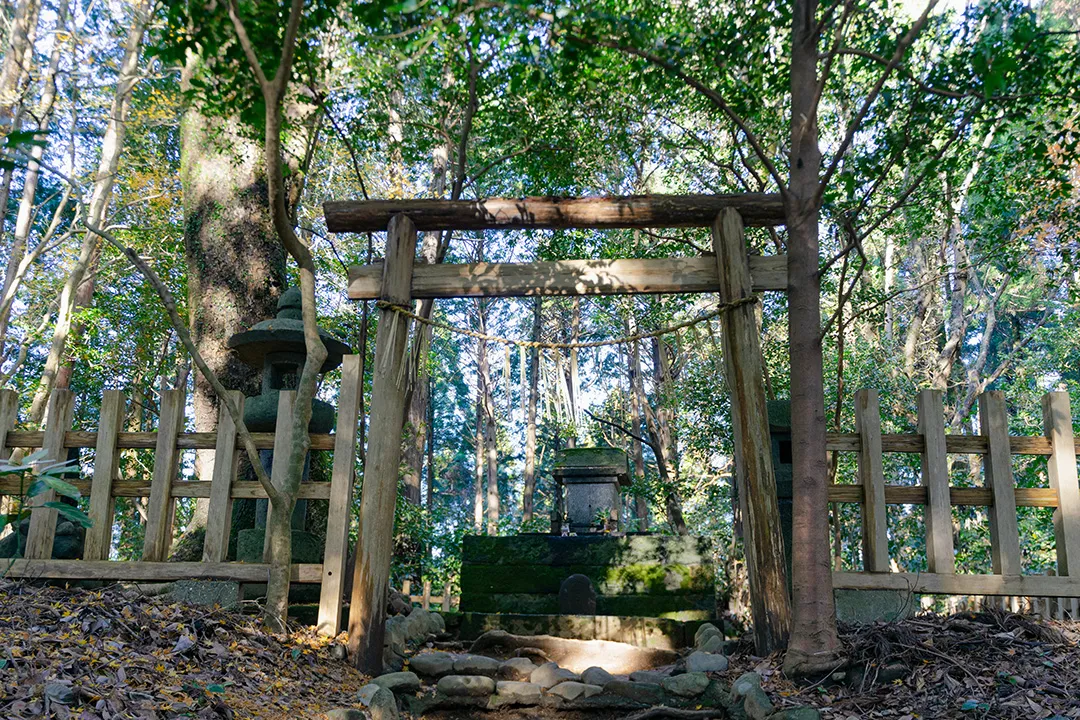A Mystical Journey into Miyazaki’s Kagura

Kagura (神楽) is a style of sacred ritual dance dedicated to the Shinto (神道) deities. , Kagura is usually performed in the “kagura-den hall” (神楽殿) of Shinto shrines during festivals or ceremonies. When the kagura season comes, people prepare to welcome the deities by following the local traditions.
The dance performance of the goddess Ame-no-Uzume (天宇受賣命 or 天鈿女命) in the myth of Iwatogakure(岩戸隠れ) is believed to be the origin of kagura.
In the story, the goddess Ame-no-Uzume played a crucial role in coaxing the sun goddess Amaterasu (天照大御神) out of the cave where she had retreated and plunged the world into darkness. Ame-no-Uzume’s lively and provocative dance, along with the laughter of the other deities, lured Amaterasu out of hiding and restored light to the world.
The story of Iwatogakure (岩戸隠れ) is written in two of the oldest Japanese history books: the Kojiki (古事記), Japan’s oldest surviving records of its early history and mythology, also known as “Records of Ancient Matters”; and the Nihonshoki (日本書紀), also known as “Chronicles of Japan.”

Takachiho town (高千穂町) is on the northwest side of Miyazaki. Takachiho town is well-known for its scenic beauty and is strongly associated with Japanese mythology. In Takachiho, you can find many crucial mythological places to the origin of Japanese mythology, including the cave where Amaterasu hid in the story of Iwatogakure (岩戸隠れ) we previously mentioned.

Yokagura (夜神楽) or “nighttime kagura,” is the annual kagura performed at nighttime in Takachiho town. When the trees on the mountain are covered with the first signs of frost, people begin the preparations for Yokagura.
To prepare for Yokagura, houses and community centers are decorated to invite the gods to the Yokagura performances. These locations are referred to as “Kagura-yado” (神楽宿). Arrows and gohei (御幣), the wooden wand with zigzag-shaped paper strips attached to it, are placed on the roof of Kagura-yado. Bamboo vessels filled with sake are offered to welcome the deities. During Yokagura, Shinto priests will perform thirty-three programs in a single night.
The style of Takachiho’s Yokagura was completed around the closing of the Heian period to the start of the Kamakura period. After the Edo period, the program was organized into thirty-three programs and has been handed down from generation to generation until now. In 1978, the Japanese government designated Takachiho’s Yokagura as an “Important Intangible Folk Cultural Property.”
Takachiho’s Yokagura festival starts in November and continues until the beginning of February for those interested in submerging themselves in the world of Yokagura.

For tourists who would like to visit Takachiho town from March to October, performances of Takachiho’s Yokagura are available for viewing at Takachiho Shrine Kagura-den Hall. The local Shinto priests perform four programs out of thirty-three every night from 8 PM to 9 PM.
Reservations are available on the Takachiho Tourist Association’s website (Information is at the end of this page) or at the reception desk inside the Kagura-den Hall.
The rules of etiquette differ depending on the place. Please remember to follow the rules and act respectfully when visiting kagura places in Takachiho.

or prove your payment by showing the QR code before entering the hall.


The goddess of performing arts Ame-no-Uzume is dancing joyfully around the cave.
Every piece of equipment used in Kagura is significant.
Kouniwa (神庭) is the 3.6-meter square space where the Shinto priests dedicate the dance to the deities and is the most sacred object in a kagura performance.
Bamboo and sakaki plants adorn every corner of Kouniwa. Erimono (彫り物), the traditional paper-cutting works, and shimenawa rope (注連縄) are hung on all sides.
The square paper craftwork called “Kumo” (雲, meaning clouds) hangs in the center of the ceiling, a symbol of Takamagahara (高天原), the heavenly realm of Shinto deities.
Torimono (採物) is a sacred tool that the performers hold in their hands during kagura. Each one of the tools has a different significance and represents what people wish for.




and brought the Amaterasu back to the world!

As you find yourself in the town of Japan’s grandest deities, you have the opportunity to explore some mythological sites in Takachiho town. Let your senses absorb the divine essence that lingers in the air.








Miyazaki has many unique kinds of kagura performances in addition to Takachiho. Here are some examples:
Hinokage Kagura (Hinokage Town)
The Hinokage Kagura is performed annually from November to February, spanning across each of its twenty-seven districts. “Abare Kagura” is performed in the Ohito district, and twenty-eight programs are performed throughout the night. This Kagura is characterized by intense drumming and vigorous dance movements.
Nishimera Kagura (Nishimera Town)
The Nishimeya Kagura dates back to the Nanboku-cho period (1337 to 1392) and is believed to have been handed down by court nobles and warriors. This dance is a unique combination of the refined elegant atmosphere of Kyoto, the indigenous mountain faith, and the hunting culture of Nishimera.
Nyuta Kagura (Shintomi Town)
Nyuta Kagura is dedicated during the Spring Grand Festival at Nyuta Shrine in Shintomi Town. A highlight of the performance is the so-called “Snake Cutting” (Jyakiri), where a straw rope that represents a monstrous serpent (approximately 7 meters long and 20 cm thick) is cut in half with a real sword.
Ushiodake Kagura (Kitago Town)
Ushiodake Kagura is performed in the precincts of Ushiodake Shrine in Kitago Town, Nichinan City. The dance features distinctive performances, such as the “Fishing Dance,”’ where a fishing rod with a sea bream attached is manipulated while reciting the myth of Umisachi Yamasachi (The Sea’s Delight and Mountain’s Delight).
For more information about Kagura in Miyazaki, please check the website below:
https://www.kanko-miyazaki.jp/shinwanofurusato/kagura.html
Information about Takachiho
https://takachiho-kanko.info/en/
Reserve for Takachiho Kagura
https://takachiho-kanko.info/kagura/information/
